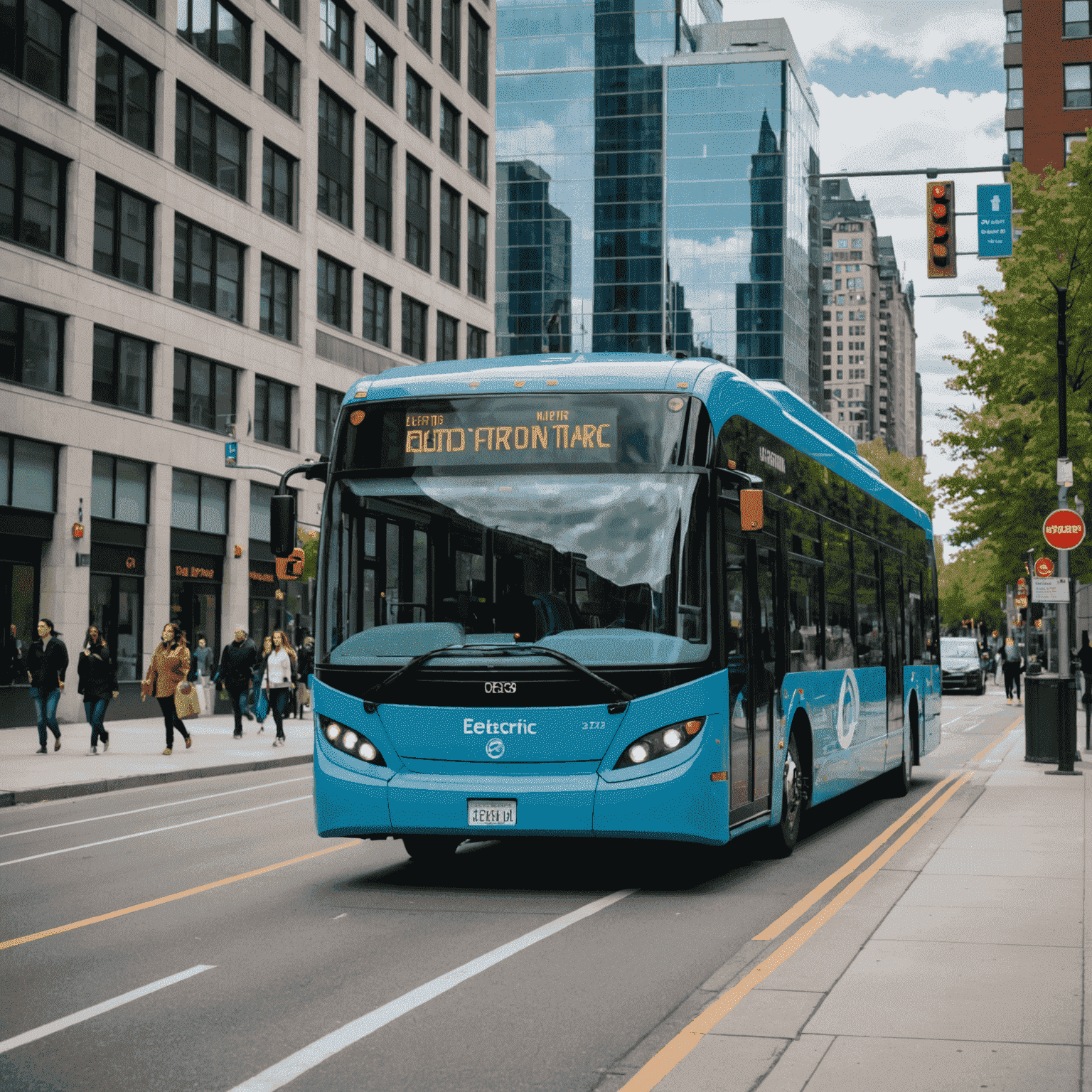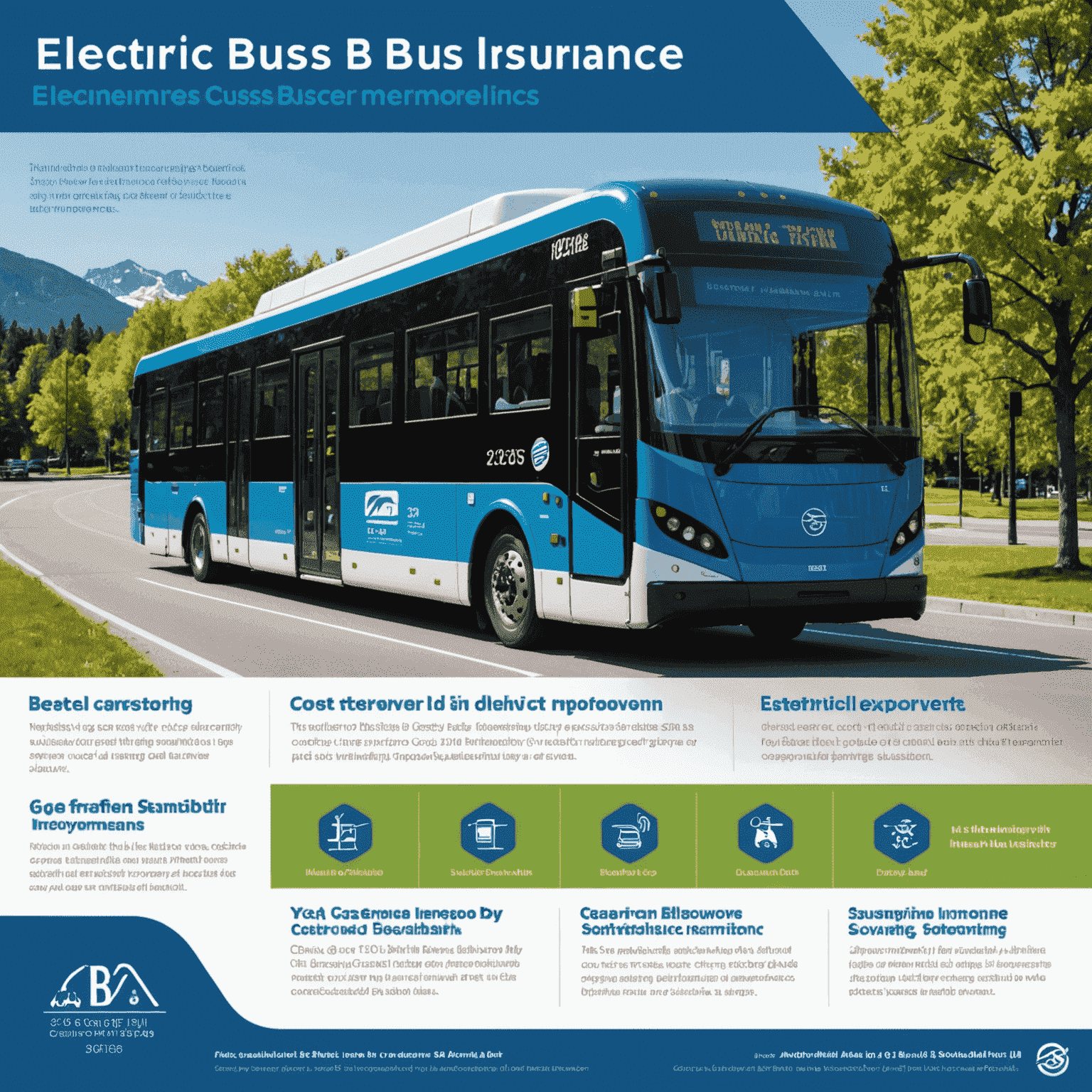Future-Proofing Public Transport: Insurance Strategies for Electric Bus Implementation

As Canadian cities increasingly transition to electric bus fleets, the insurance landscape for municipal transportation is evolving. This shift presents both challenges and opportunities for public transport authorities and insurance providers alike.
The Unique Risks of Electric Buses
Electric buses bring a new set of risks that differ from traditional diesel-powered vehicles. These include:
- Battery fire risks
- Charging infrastructure vulnerabilities
- Higher replacement costs
- Specialized repair needs
Insurance providers must adapt their policies to address these unique aspects of electric bus operation.
Innovative Insurance Approaches
To support the transition to electric bus fleets, insurance companies are developing new strategies:
- Usage-Based Insurance (UBI): Policies that factor in the actual usage and performance data of electric buses.
- Comprehensive Coverage: Expanded policies that include charging infrastructure and specialized electric components.
- Risk Management Services: Offering guidance on best practices for electric fleet management and safety protocols.
- Partnerships with Manufacturers: Collaborations to better understand and mitigate risks associated with specific electric bus models.
Benefits for Canadian Municipalities
These forward-thinking insurance strategies offer several advantages for Canadian cities:
- Reduced long-term costs as risks are better understood and managed
- Increased confidence in adopting electric bus technology
- Support for sustainability goals and reduced carbon emissions
- Enhanced public safety through improved risk management

Challenges and Future Outlook
While progress is being made, challenges remain:
- Limited historical data on electric bus performance and risks
- Rapidly evolving technology requiring frequent policy updates
- Balancing cost-effective coverage with comprehensive protection
As more Canadian cities adopt electric buses, the insurance industry will continue to refine its approaches. This evolution will play a crucial role in supporting the sustainable transformation of municipal transportation across the country.
Conclusion
The transition to electric bus fleets represents a significant step forward in sustainable urban transportation. By developing innovative insurance strategies, the industry is not only protecting assets but also actively supporting the evolution of public transport in Canada. As we move towards a greener future, the synergy between electric transport technology and adaptive insurance solutions will be key to ensuring safe, efficient, and environmentally friendly municipal transportation.